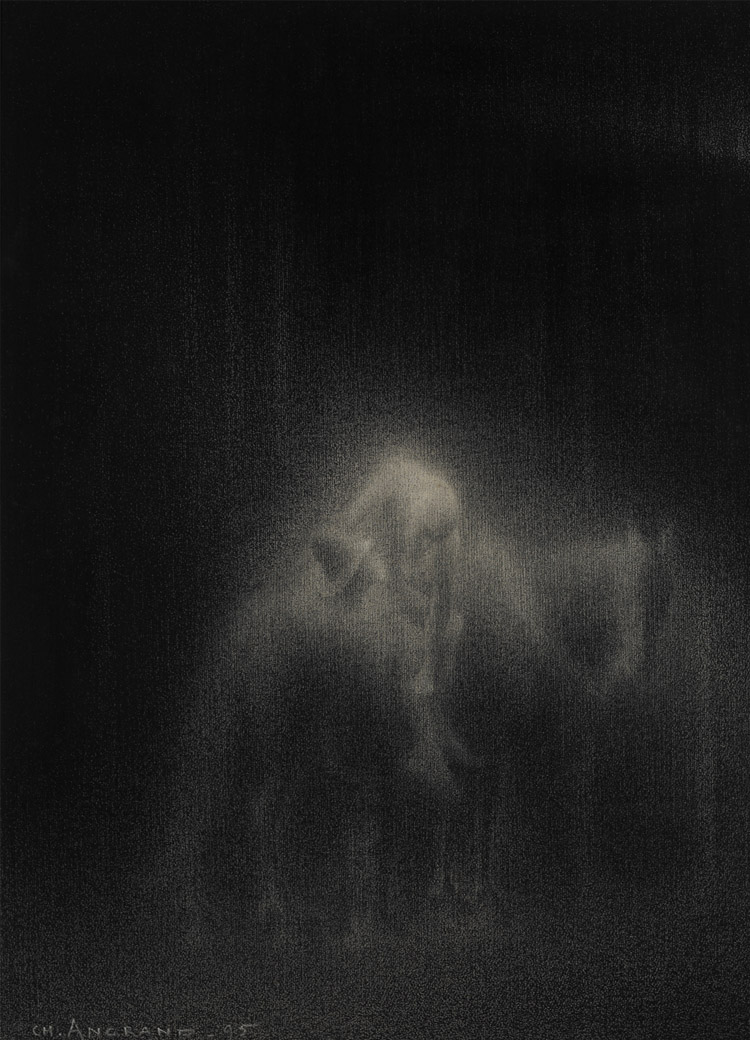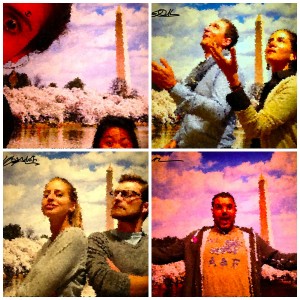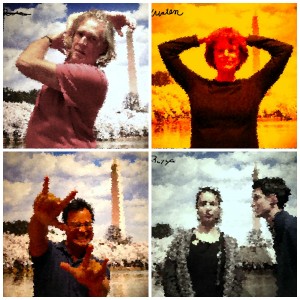In this series of guest posts, Jason Garcia Ignacio, one of CityDance’s 2014–2015 OnStage Ignite Artists, talks about artwork that inspired him for the Dance and the Dream of Realities performance at the Phillips on Nov. 20.
When undertaking this project, I started by researching Neo-Impressionism and the painters themselves. It was important for me to get acquainted with them in order to understand the depth of their masterpieces. I was intrigued to know their struggles, their journeys and the differences between their philosophies and techniques.
I visited each piece at The Phillips Collection, sat with it, and thought about its resonance to me and to the 21st century. A lot of the structure of my work explores the artists’ insights about their own art juxtaposed by my insights. These contrasting viewpoints add dimension and depth to the dance.
In pointillism, the colors are meticulously separate on the palette, yet together they create a mesmerizing optical illusion to the observer. I can relate to this; I want the audience to view the dancers as separate but whole in their beauty.

Charles Angrand, The Good Samaritan, 1895. Conté crayon on paper, 33 x 24 in. Private Collection
Charles Angrand, The Good Samaritan (1895)
This powerful painting grabbed me. Based on the parable of the good samaritan in the bible’s new testament, it’s both haunting and poetic in its portrayal of the samaritan’s compassion. The duet between the two young dancers blends precision and rawness to convey a sense of vulnerability—an emotion that I feel is inextricably linked to compassion.
Jason Garcia Ignacio, one of CityDance’s 2014–2015 OnStage Ignite Artists






